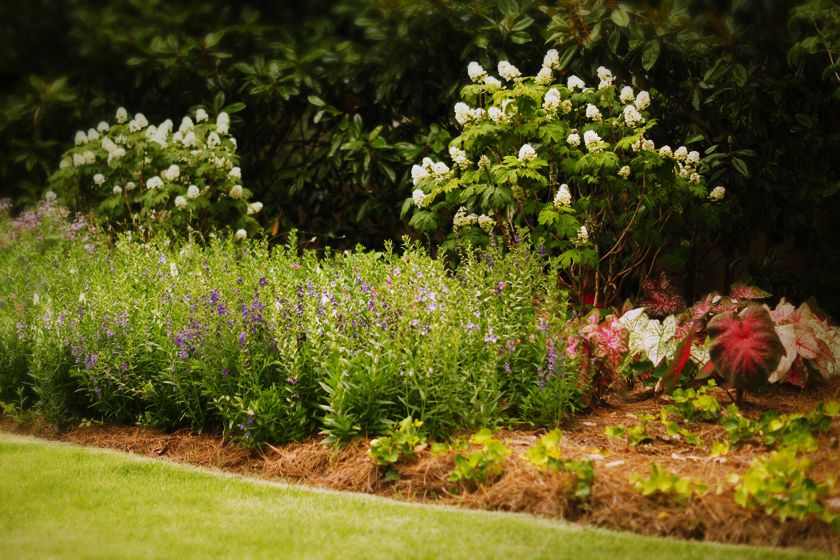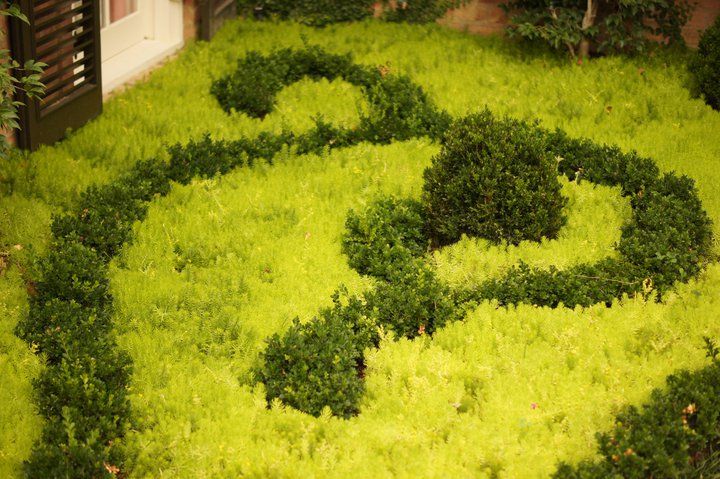4 Simple Tips for Effective Summer Lawn Care
Cut your lawn higher in the summer, it helps the blades retain moisture and puts less stress on your lawn.
With summer in full swing, everyone is mowing their yards and we wanted to provide you with some great tips to keep your lawn in the best shape and make it look like it was done by a professional lawn service.
Summer Lawn Care Tip #1: Mow
How and when you mow your lawn is a critical component of Summer lawn maintenance.
- Mower Height: A mowing height between 2.5 to 3 inches is best for most of the season when mowing fescue grasses, except during summer stresses when the lawn mowing height should be raised one-half inch to mow at 3 to 3.5 inches. Raising the mowing height provides more insulation from summer heat and reduces water loss from your soil. Bermuda and Zoysia should be cut weekly as low as possible without scalping it.
- Grass Length: Be sure not to let your grass grow too long, because removing more than one-third of the total leaf blade height at one time could stress your lawn. Keeping your lawn mower blades sharp helps to protect the grass from lawn diseases. A dull mower blade shreds or tears the tips of the grass, leaving the grass vulnerable to lawn disease.
- Grass Clippings: Many homeowners are confused about what to do with their grass clippings. Mulching and returning your clippings to the lawn returns nutrients and does not contribute to thatch. The only times it makes sense to collect clippings would be if you had a severe disease and you did not want to further contaminate the lawn, or if the leaf clippings are too long.
- Mow Wet? Or Wait? If you have the dilemma of deciding whether it’s better to cut the grass when it’s wet or let it get too tall, it’s better to cut it when it’s wet. Although this can create some clumping with your clippings, it’s better to get the grass cut, and remove the clippings rather than letting the grass get too tall. Do not mow a wet lawn if you have lawn disease in order to minimize the spread of many diseases including red thread, dollar spot, patch disease or other lawn fungus diseases.
Summer Lawn Care Tip #2: Irrigate
Like mowing, watering your lawn may sound easy enough, but many homeowners are unsure about the best frequency and amount of watering is required as a part of their total summer lawn care program. The amount of water your lawn requires can vary depending on weather conditions, soil drainage and the amount of sun or shade in your landscape. A good rule of thumb is to ensure that your summer lawn receives approximately one inch of water per week. You may use a rain gauge or a container to determine how much water you need to supplement any rainfall. If you don’t have the time, or are often out of town, landscape irrigation may be the right option for you.
Summer Lawn Care Tip #3: Identify and Treat Lawn Diseases
A professional lawn care service can survey your landscape to spot any dangers for early lawn disease and to identify the best types of weed control products or other lawn care treatments to ensure a healthy, green lawn throughout the summer.
The most common types of summer lawn diseases are dollar spot (Bermuda), brown spot (Fescue), and Zoysia patch. Patch disease is another common type of summer lawn disease, but the infection doesn’t become obvious until the plants go into stress, so preventive treatment as a part of your lawn care program is important.
Summer Lawn Care Tip #4: Control Weeds
An important component of a summer lawn care program is weed control. Quality weed control starts with an inspection of your turf in order to spot unwanted growth early on. There are two basic types of lawn treatment for weed control in your landscape: pre-emergence weed control treatments and post-emergence treatments. Your lawn specialist will develop a program that addresses your personal preferences and integrates carefully targeted treatments for weeds such as crabgrass and other problems in your lawn.

